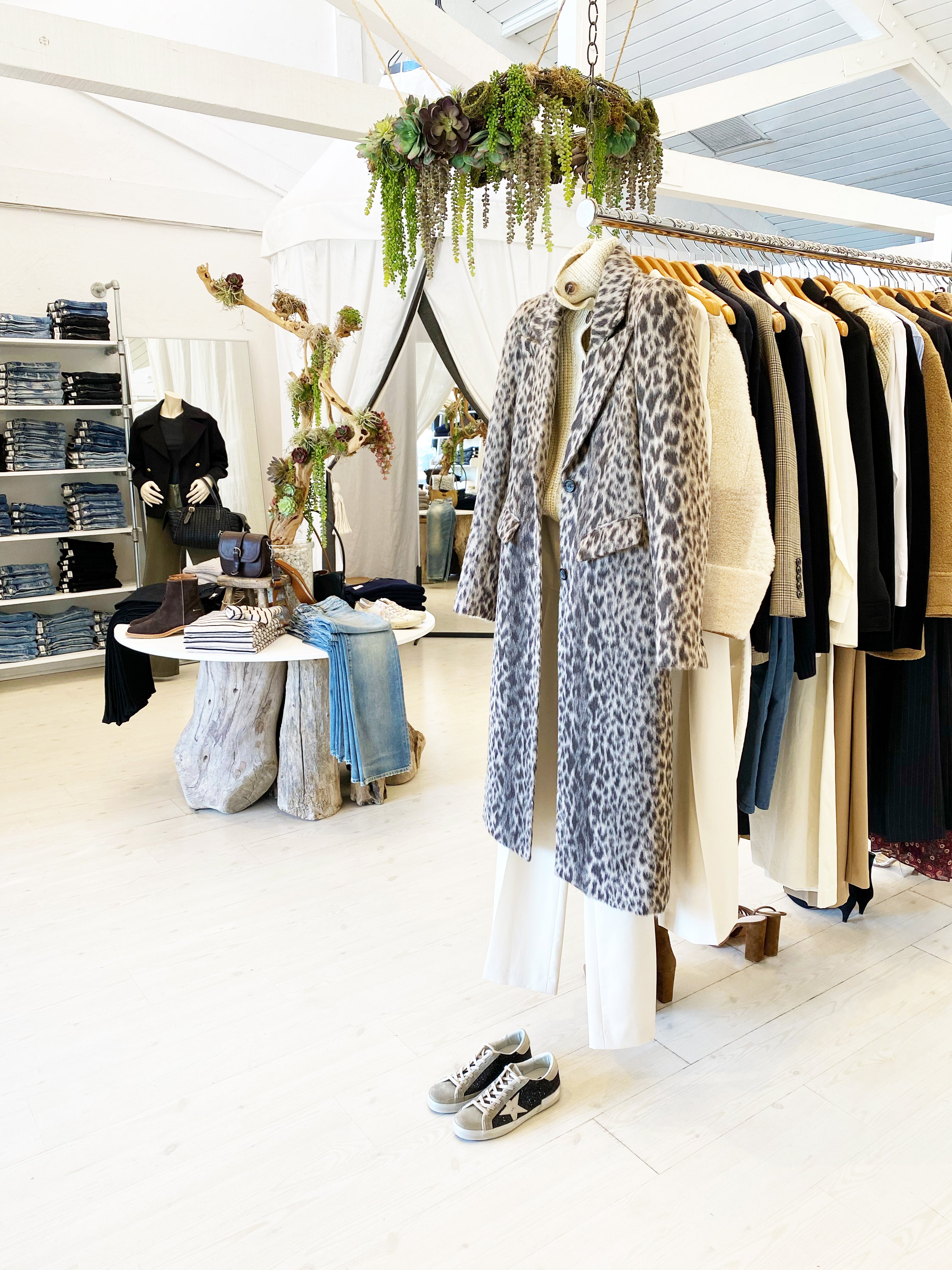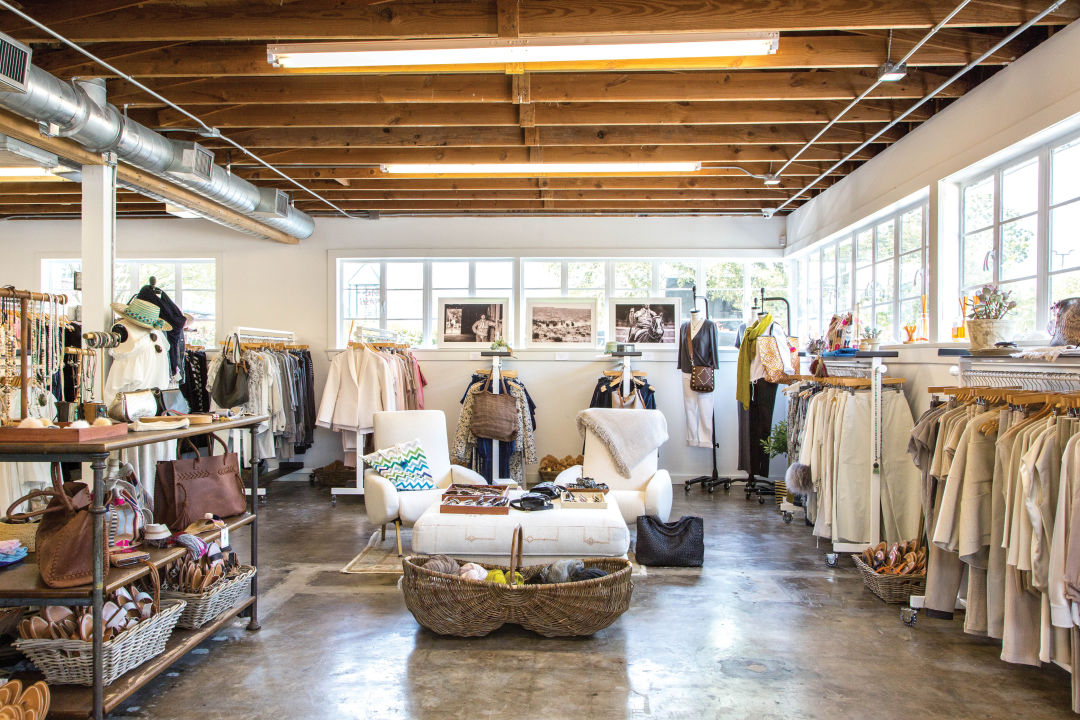Discovering the Advancement and Impact of Garments on Modern Style Trends
The development of garments has actually substantially affected modern fashion patterns, combining historic precedents with advanced advancements. Iconic figures like Coco Chanel and Yves Saint Laurent reinvented the fashion business by introducing concepts that prioritize comfort and availability, which proceed to reverberate today. Technical strides in locations such as 3D printing and clever fabrics are redefining layout opportunities and customer experiences (boutique fashion). Additionally, the growing emphasis on inclusivity and sustainability is reshaping industry standards. As we consider these multifaceted influences, one must question how these elements collectively redefine style's function in showing and shaping contemporary culture.
Historic Fashion Influencers
In the tapestry of fashion background, certain numbers have left an enduring mark, shaping the fads and styles that specify whole ages. Coco Chanel, a revolutionary developer, redefined women's fashion by presenting comfortable, classy clothes that left from restrictive corsets.
Elsa Schiaparelli is an additional critical number, renowned for her avant-garde styles that included surrealist art, working together with Salvador Dalí to develop whimsical pieces that tested conventional looks. Her innovative use of shade and bold patterns reverberates in modern style. Yves Saint Laurent, meanwhile, democratized high style with prêt-à-porter collections, bringing path styles to the masses and setting a precedent for modern-day ready-to-wear lines.
These visionaries, to name a few, not only changed style in their times but likewise established sustaining fads that resonate in today's garment industry, offering a foundation whereupon modern-day developers remain to innovate and develop. Their traditions emphasize the relevance of creativity and daring in fashion's ever-evolving narrative.
Technological Developments in Style
In the middle of the vibrant landscape of the style sector, technical innovations stand at the center of innovation, improving just how developers develop and customers involve with style. The combination of 3D printing has actually reinvented style processes, allowing designers to try out complex structures and lasting products that were formerly unthinkable. This innovation helps with rapid prototyping, decreasing waste and speeding up production times.

Smart textiles, installing technology right into fabrics, are likewise changing the industry. Advancements like self-cleaning and temperature-regulating materials offer improved capability and convenience. Wearable innovation, including features like physical fitness monitoring and interaction, adds a new measurement to style, combining aesthetic appeals with usefulness.
Social Changes and Design
As technical innovations proceed to improve the style industry, cultural changes are equally influential, redefining style and consumer preferences. In recent years, the rise of social media platforms has actually accelerated the circulation of international style fads, permitting varied social influences to exist together and assemble. This digital interconnectivity has facilitated the quick exchange of concepts, bring about an extra diverse and inclusive analysis of design that shows the multifaceted nature of modern-day society.
Social recognition and recognition have prompted developers to attract motivation from a broader range of ethnic and historic contexts, integrating typical concepts with contemporary visual appeals. This fusion has actually led to fashion that reverberates with a broader audience, advertising a feeling of identity and belonging throughout different demographics. Additionally, the raising demand for personalization has actually driven brands to supply adjustable options, making it possible for consumers to express originality while reflecting their social heritage.
Furthermore, shifting social values have actually impacted style, with inclusivity and diversity ending up being central styles. The industry has actually begun to accept models and influencers of different type of body, ethnic backgrounds, and gender identities, read here tough traditional elegance requirements. This transformation highlights the power of social shifts in forming the future of fashion, as style comes to be a more genuine expression of cumulative and individual identity.
Sustainability and Modern Style
While the fashion industry continues to develop, the necessary for sustainability has actually come to be significantly immediate, affecting modern-day layout techniques. The surge of slow-moving style, which highlights high quality over quantity, motivates consumers to invest in timeless items instead than short-term patterns.
Moreover, contemporary style is defined by its development in reducing waste and promoting circularity. Strategies such as zero-waste pattern cutting and 3D knitting are obtaining grip, enabling designers to create garments with marginal textile waste. Furthermore, brands are adopting clear supply chains, making sure responsibility and fostering customer trust fund. This technique not only minimizes ecological effect however also boosts the social obligation of fashion residences.

Future Trends in vogue

Sustainability will remain to be a driving pressure in forming future fashion trends. The sector is increasingly embracing green products and moral production approaches, replying to an expanding customer need for liable practices. Technologies such as bio-fabricated products and closed-loop recycling systems are readied to redefine how apparel is created and consumed, minimizing environmental effect while preserving style and quality.
Social shifts, including the rise of inclusivity and variety, will also play a pivotal role. As culture comes to be a lot more conscious of social problems, fashion is anticipated to end up being a system for expression and modification. Designers will likely focus on producing collections that show a broader range of identifications and experiences, promoting representation and ease of access.
Conclusion
The advancement of clothes substantially influences modern-day style image source patterns, where historic impacts combine with modern designs. This recurring development underscores style's role as a mirror to societal values and technical development, recommending a future abundant with advancement and inclusivity.
The evolution of garments has actually substantially affected modern fashion fads, merging historic criteria with cutting-edge technologies.In the middle of the dynamic landscape of the style industry, technical innovations stand at the forefront of advancement, improving how developers produce and customers engage with style.While the style industry continues to develop, the imperative for sustainability has come to be significantly urgent, influencing modern-day design practices. As sustainability comes to be embedded in contemporary layout, it leads the method for an extra liable and aware style industry.
The evolution of clothes substantially affects modern-day style fads, where historic influences merge with modern styles.